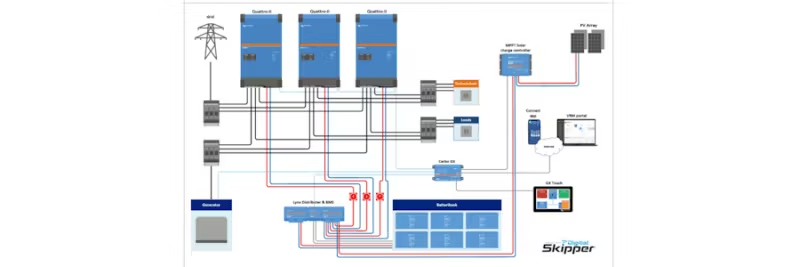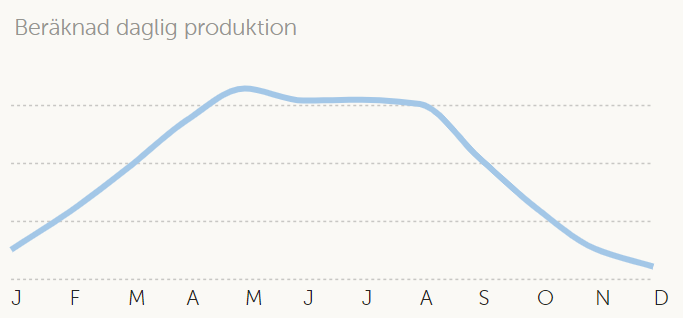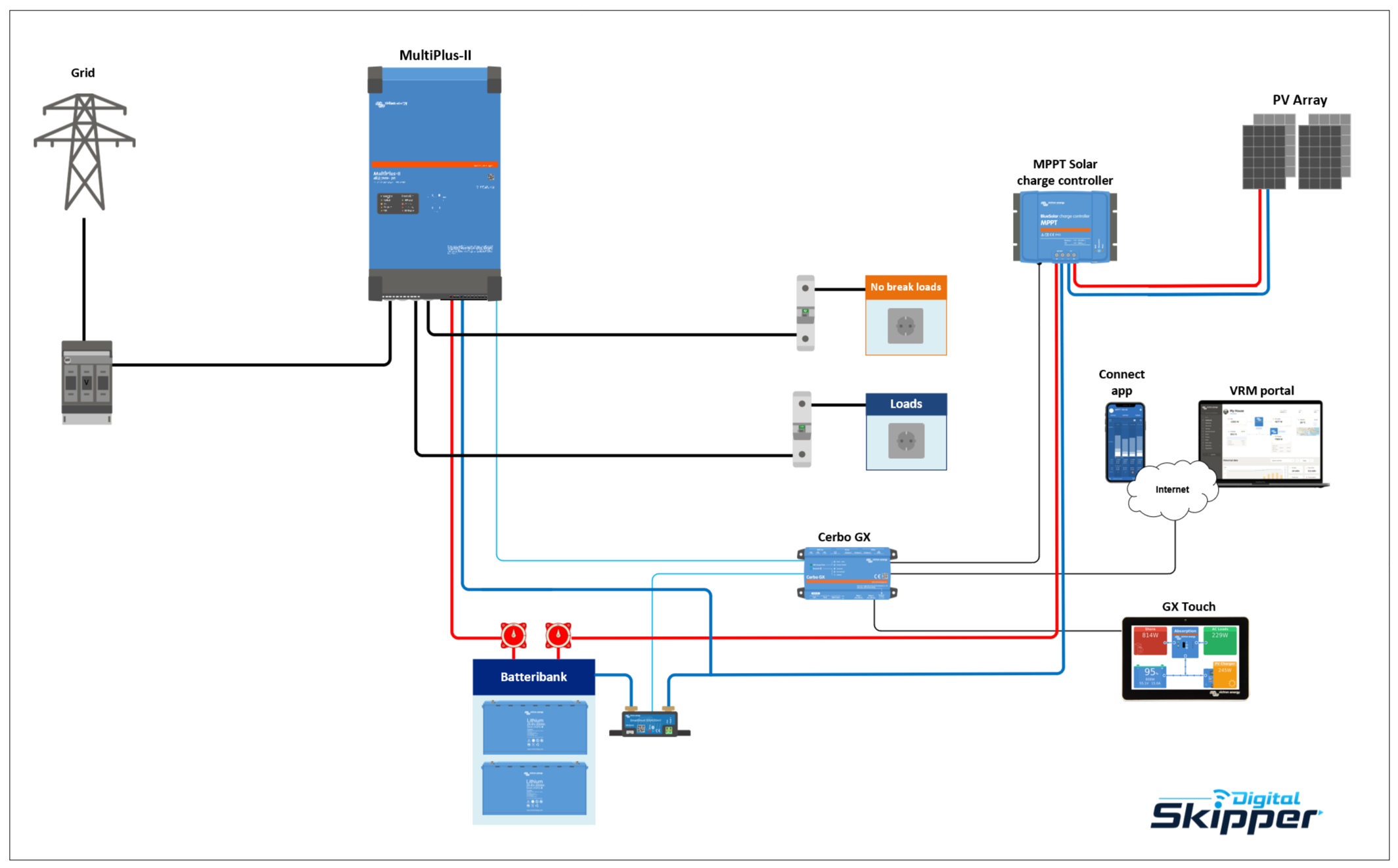Cart
Discount: 0.00 EUR
Discount: 0.00 EUR
Digital Skipper |10/10, 2022

There is no doubt that the most common question right now is: How can I energy optimize my property? Here we clarify the concepts and provide concrete suggestions for various ESS solutions (Energy Storage System) that will help you save money and increase operational reliability.
An ESS system addresses several different needs. Depending on the installation and conditions, each solution is designed individually for the best price/performance. Here are the most common questions:
Victron Energy ESS systems store energy in batteries when electricity is cheap or available, to then be used when the price is high. The system is flexible and can connect different battery Manufacturers, but Victron's own lithium batteries are recommended for an integrated and scalable solution. Monitoring takes place via the Victron VRM portal.
To make it simple, we have divided the system into 7 main groups:
Victron Energy Quattro-II – Combined inverter and charger with support for two AC inputs, three-phase operation, and PowerAssist technology.
Victron Energy MultiPlus-II – Multifunctional inverter/charger with overload protection and parallel connection for higher power.
Lithium batteries have high charge acceptance, constant voltage, up to 95% utilization rate, and low weight compared to lead-acid batteries. For ESS, 48V systems are recommended to handle large loads efficiently.
Solar panels reduce the need for grid charging, but keep in mind that production is lowest during the winter months. Below you can see how the power varies throughout the year in the Stockholm area:




See our webinar on Victron Energy ESS and more blog posts about energy solutions.